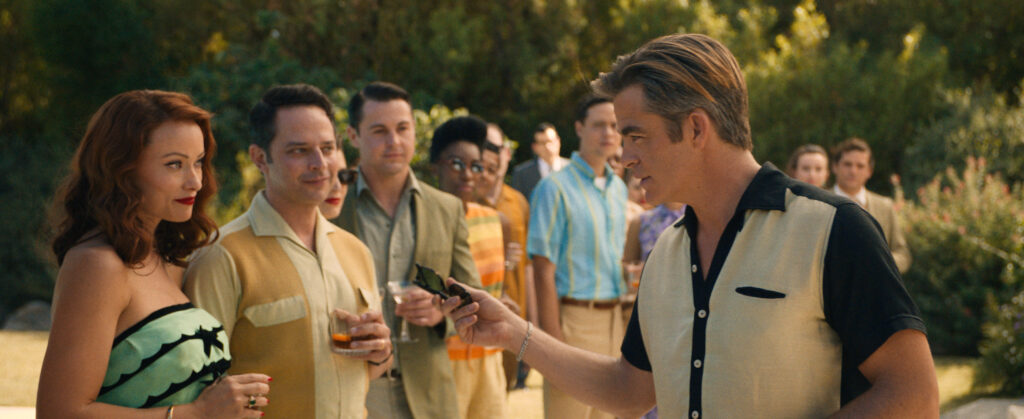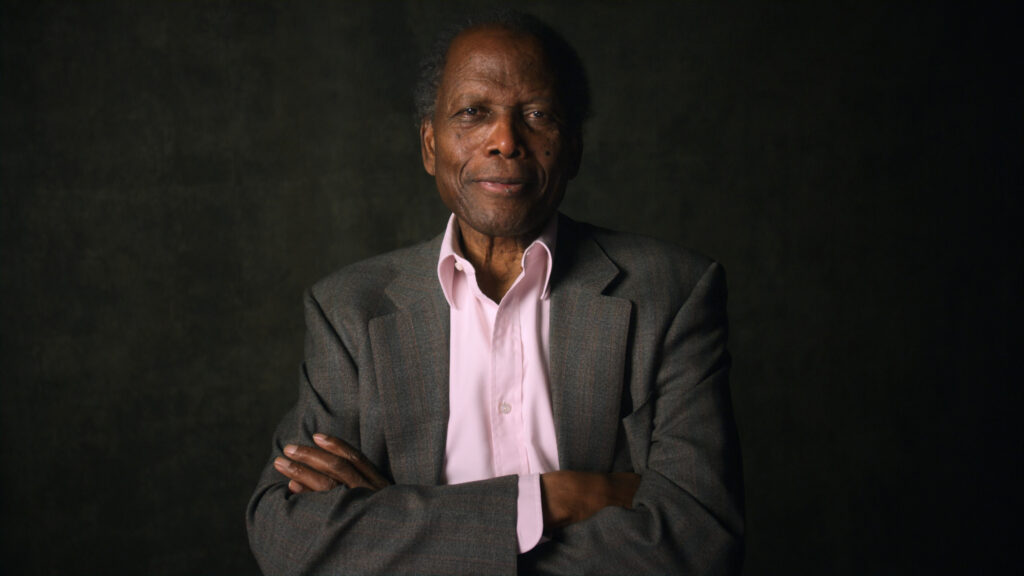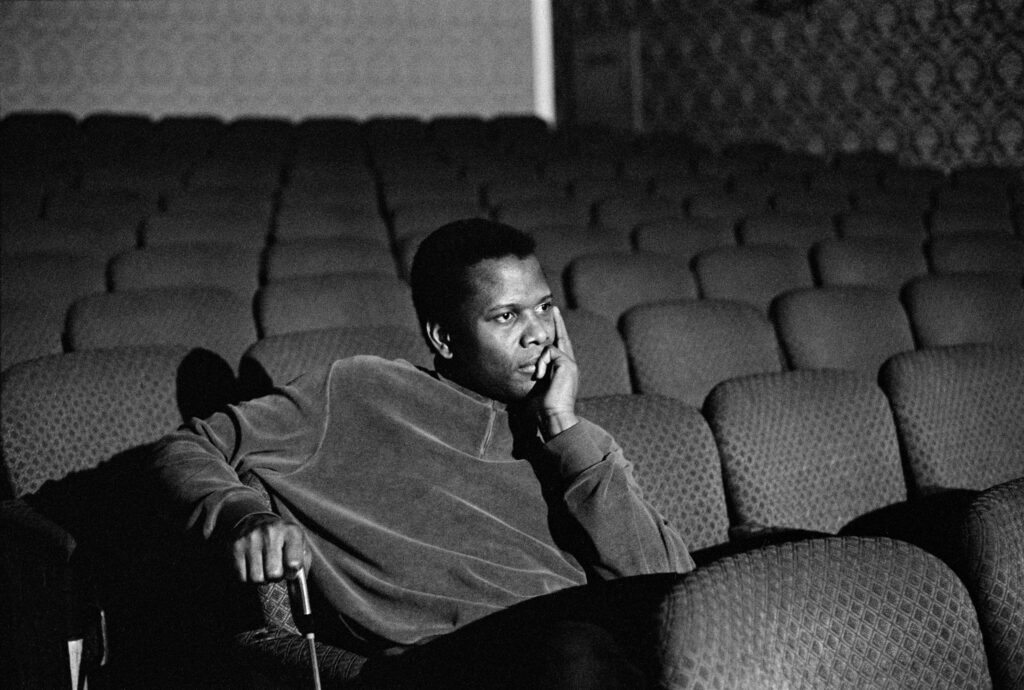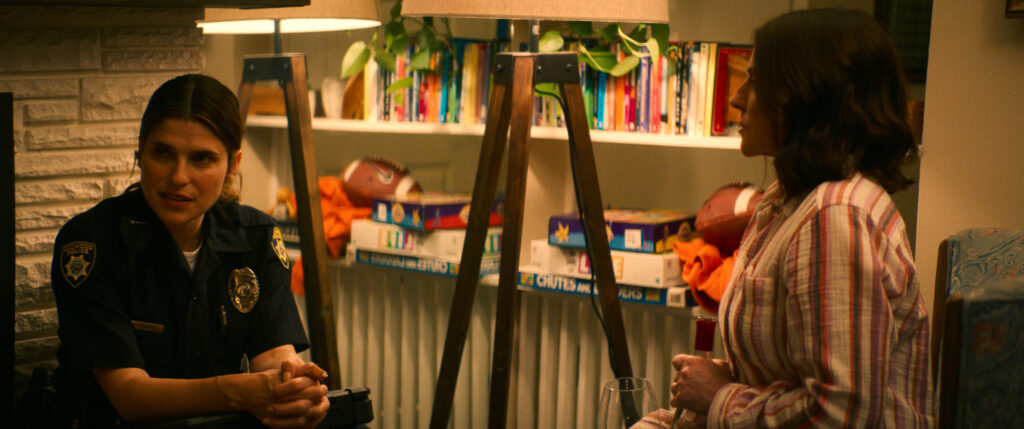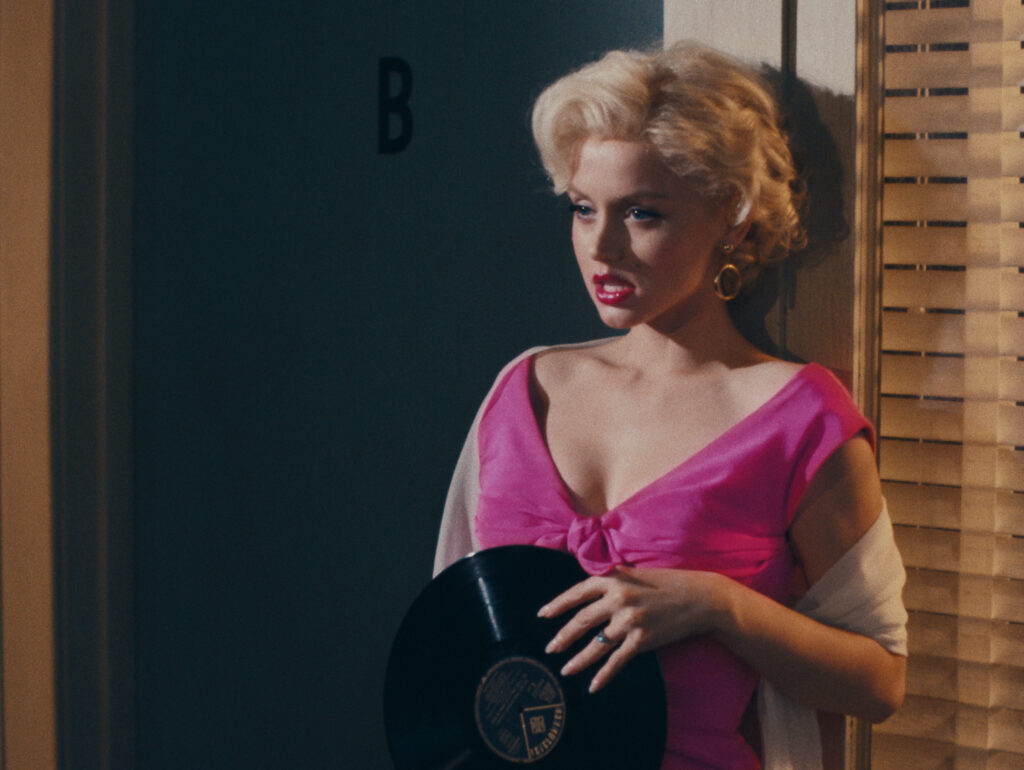September 25, 2022
by Carla Hay
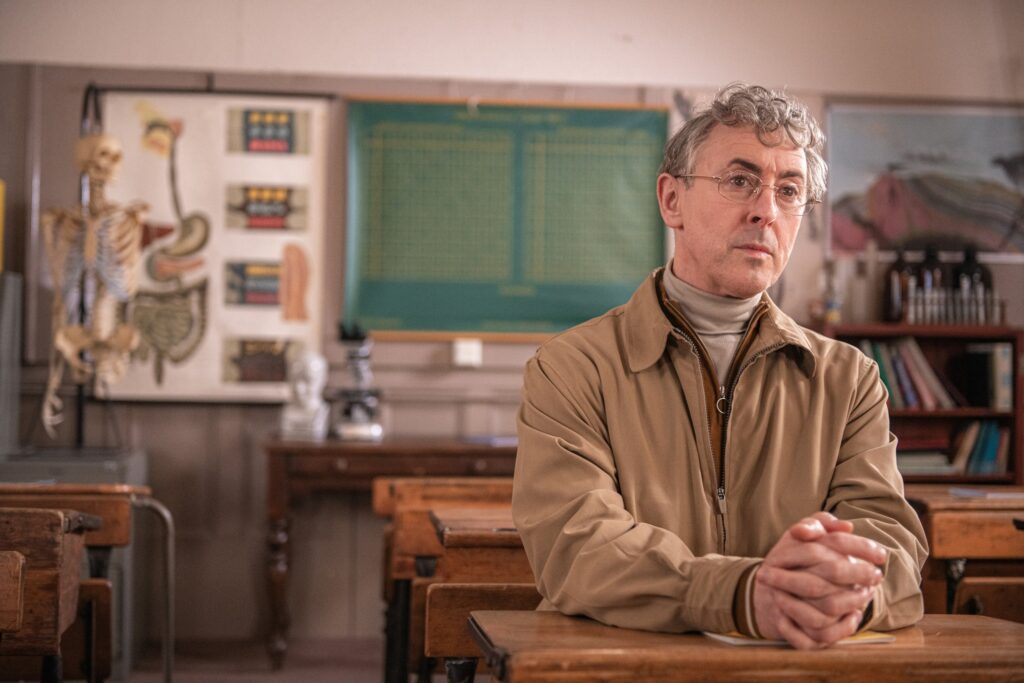
Directed by Jono McLeod
Culture Representation: In the documentary film “My Old School,” a predominantly white group of people (with one black person and a few people of South Asian heritage) talk about Brandon Lee, an unusual student who was enrolled in the high school Bearsden Academy in Glasgow Scotland, in 1993.
Culture Clash: Lee had a scandalous secret, which was eventually exposed while he was a Bearsden Academy student.
Culture Audience: “My Old School” will appeal mainly to people who are interested in seeing a “truth is stranger than fiction” documentary about the lengths that people will go to achieve a goal.

With whimsical animation and compelling interviews, the documentary “My Old School” tells the strange-but-true story of an unusual student who enrolled in Scotland’s Bearsden Academy high school in 1993. It’s a bittersweet tale of deception, denial and broken dreams. Although the scandal that’s chronicled in this documentary made international news, many viewers of “My Old School” don’t know about the scandal and might enjoy the documentary more if they don’t know about the scandal in advance. For this reason, this review will not give details about the scandal, which is revealed in the last third of the movie.
Directed by Jono McLeod, “My Old School” tells the story of Brandon Lee, a student who enrolled as a third-year student in the elite high school Bearsden Academy in Glasgow, Scotland, in 1993. It just so happens that McLeod was a Bearsden Academy student at the same time as Lee, which is why this documentary is titled “My Old School.” It’s explained in the beginning of the documentary that Lee gave audio-only interviews for the movie because he did not want to appear on camera.
Instead, Scottish actor Alan Cumming is shown lip-synching what Lee said in the interviews. Several years ago, Cumming was set to star in a feature-film drama about Lee, but that movie never happened because Lee “broke off ties with the production company,” according to an intro title card in “My Old School.” In its own way, “My Old School” gave Cumming a chance to play the role that he had been set to do in the dramatic feature film.
“My Old School” (which had its world premiere at the 2022 Sundance Film Festival) also has interviews with some of the Bearsden Academy students and faculty who knew Lee back in 1993. The documentary also uses quite a bit of animation to recreate descriptions of what the interviewees say happened while Lee was enrolled in Bearsden Academy. Lee had a scandalous secret that was exposed during his short-lived year at Bearsden Academy in the 1990s.
In “My Old School,” Lee describes his 1993 enrollment in Bearsden Academy as a “self-made hell.” From the beginning, he stood out because he looked a lot older than 16, which is the age he told everyone that he was. Lee’s story was that he was a transfer student from Canada. He was raised by a single mother, who was an opera singer, so he traveled and lived in many different places. Lee said that his parents were separated and that he had no contact with his father, who was described as a professor living in London.
Lee also said that he and his mother were in a car accident, where she died and he was left physically scarred. After his mother’s death, Lee said he moved in with his maternal grandmother in a council flat in Glasgow, which is how he ended up at Bearsden Academy. It’s not spoiler information to reveal that Lee was really a lot older than 16 in 1993. But it won’t be revealed in this review what Lee’s real age was at the time or why he lied about his age.
It’s not the first time there’s been a true story of an adult posing as a teenager in high school. But there are some very surprising elements to this story that make it more uncommon than most. “My Old School” also has commentary on social class issues that affected what Lee did and people’s perceptions of him.
It’s explained in the movie that Bearsden Academy is in an upper-class area of Glasgow. However, some people who lived in the Bearsden neighborhood were working-class and lived in an area nicknamed Spam Valley. It had that nickname in reference to the idea that the lower-income people who lived in the area had to eat spam, in order to afford living in the Bearsden neighborhood.
Living in a council flat (which is the United Kingdom equivalent of public housing in the United States) automatically labeled Lee as a Spam Valley person. He was enrolled in Bearsden Academy because he was highly intelligent. (Lee told people that he had a genius-level IQ.) He also had upwardly mobile ambitions to become a medical doctor.
At first, Lee was a misfit when he enrolled in Bearsden Academy. He was bullied by some of the students for his odd-looking appearance of looking much older than 16. In classes, he was clearly the smartest student in the room. Students and faculty assumed that because he was raised by an opera singer and traveled a lot, that was the reason why Lee appeared to be older and more sophisticated than a typical teenager.
Eventually, he made some friends at Bearsden Academy. One of the first friendships he formed was with Stefen Addo, one of the few black students in the school. Addo and Lee had something in common, because they were both treated like outcasts by other students. The two schoolmates got to know each other better during their biology class, where Lee often helped Addo.
Addo, who is interviewed in the documentary, comments: “He would also a do a very funny Clint Eastwood impression. He was just an all-around nice guy.” Addo says of race relations at Bearsden, “There was quite a lot of racism going on. I had quite a few hate mail letters delivered to my home … just the usual abuse, really.”
Lee adds of the neighborhood where Bearsden is located, “There were only a few people who weren’t white Anglo Saxons. It’s a little station where the rich people live, the well-to-do people. And there’s the attitude that accompanies it.” Addo says that Lee stood up for Addo when Addo got racist bullying in school, and the bullies eventually stopped attacking Addo.
Brian MacKinnon and Donald Lindsay (who are both interviewed in “My Old School”) were best friends when they attended Bearsden Academy. They also have vivid memories of Lee, who bonded with Lindsay over music. Lindsay says in the documentary, “What I remember talking to Brandon about was music.”
Lindsay adds that he secretly liked techno music, which wasn’t considered cool for guys to like at the time, but Lee admitted he also liked techno music. Lindsay remembers that Lee was a fan of music acts such as Television (a rock band) and 2 Unlimited (a dance music duo). Lindsay also became fans of those artists too.
Lee eventually became more popular with the Bearsden Academy students when they found out that he had a driver’s license and a car, so he became a useful “chauffeur” for students who wanted car rides from him. In the United Kingdom, people can get a provisional driver’s license at age 15, but aren’t legally allowed to drive a car until the age of 17. Lee explained to people that he got his driver’s license in Canada, where 16 is the minimum age to get a driver’s license.
Lee also made his mark on Bearsden Academy by being cast in the lead role of Lieutenant Joseph Cable in the school’s production of the musical “South Pacific.” Paul MacAlindin, who was a Bearsden music teacher at the time, remembers that he didn’t think Lee had the personality or talent to have this leading role. However, Lee could do an American accent very well, which is the main reason whe he got the role. Everyone at Bearsden Academy would later find out that Lee was doing a lot more acting than in his role in “South Pacific.”
The animation in “My Old School” might be a little too distracting for some viewers. However, the animation fits the tone of the movie very well and certainly works better than if the filmmakers had chosen live actors for the recreations. The story of Lee is almost cartoonish, so it seems appropriate that there’s some animation in this documentary. The voice actors in the animation scenes are Cumming (who does the voice of Lee in 1993), Clare Grogan, Lulu, Juliet Cadzow, Michelle Gallagher, Camilla Kerslake, Gary Lamont, Natalie McConnon, Joe McFadden, Carly McKinnon, Brian O’Sullivan, Wam Siluka Jr. and Dawn Steele.
“My Old School” has a breezy tone to it that makes the documentary almost seem comedic at times. That’s mainly because the people who were fooled by Lee can laugh about it now. They were easily conned, even though there were so many indications that Lee was lying about his real age. Even with comedic touches in “My Old School,” the movie also peels away the layers of Lee’s real story, which has a lot of sadness to it and is often pathetic. The main takeaway that viewers will have is that he is still living in the “self-made hell” that he started when he enrolled in Bearsden Academy under false pretenses.
Magnolia Pictures released “My Old School” in select U.S. cinemas on July 22, 2022. The movie was released in the United Kingdom on August 19, 2022.




